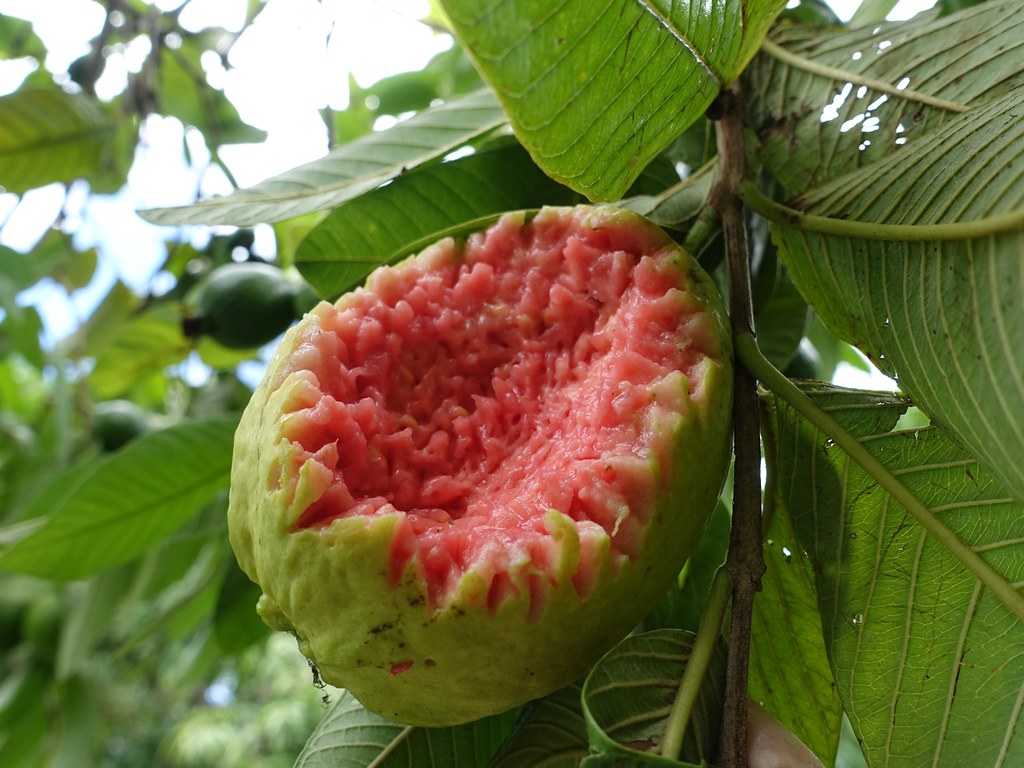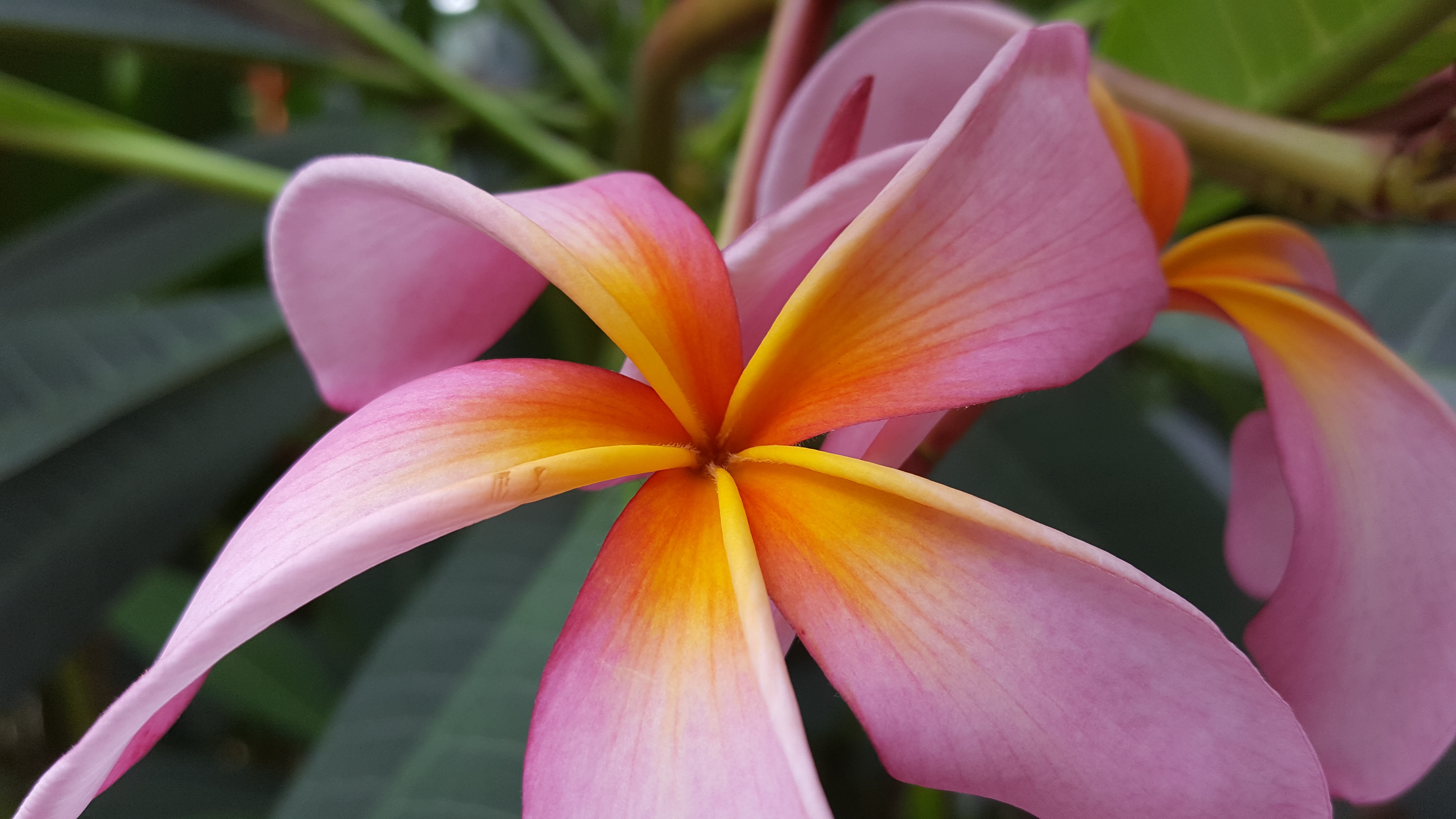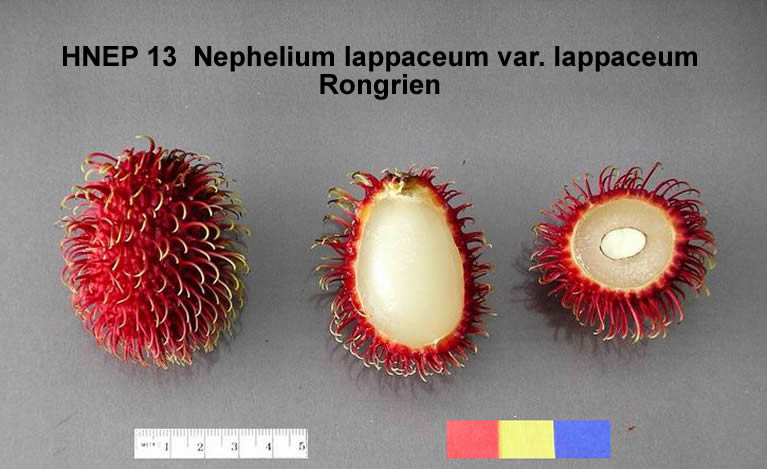
The Best Tips for Growing Guava Trees in Your Garden
Are you interested in growing guava trees in your garden? Guava is a delicious tropical fruit that can thrive in various climates and soil conditions. In this blog post, we will provide you with the best tips for growing guava trees, specifically in the guava growing zone.
Understanding the Guava Growing Zone
Before you start planting guava trees, it’s essential to know the guava growing zone that suits this fruit best. Guava trees thrive in USDA hardiness zones 9 to 11, which are warm and tropical regions. These zones encompass areas like Southern Florida, Southern Texas, Hawaii, and Puerto Rico.
Selecting the Right Variety
Choosing the right guava variety is crucial to ensure success in your garden. Consider selecting a variety that is suitable for your specific guava growing zone. Some popular guava varieties include Mexican Cream, Strawberry Guava, and Ruby Supreme. Research and consult experts to identify the most suitable variety for your region.
Providing Optimal Growing Conditions
Guava trees prefer full sun exposure to thrive. Ensure that your garden provides at least 6 to 8 hours of direct sunlight daily. Additionally, guava trees need well-draining soil to prevent waterlogging, as they are susceptible to root rot. Regularly test your soil’s pH levels and aim for a range of 4.5 to 7.0, slightly acidic to neutral.
Planting and Spacing
When planting guava trees, make sure to allocate ample space between each tree. Ideally, spacing them 10 to 15 feet apart will allow proper air circulation and room for growth. Dig a hole slightly larger than the root ball, place the tree, and backfill with soil, gently firming it around the base.
Watering and Fertilizing
Proper watering and fertilization are crucial for guava tree growth. Water your guava tree regularly, especially during the dry season, ensuring the soil remains moist but not saturated. Apply a slow-release fertilizer with a balanced NPK ratio every 2 to 3 months to provide essential nutrients for optimal growth.
Pruning and Maintenance
Regular pruning helps to maintain the shape and size of your guava trees while promoting better air circulation and sun exposure. Prune any dead or diseased branches, and remove suckers to focus energy on the main tree. Periodic maintenance, such as mulching the base and applying organic compost, can also benefit your guava trees.
Pests and Diseases
Guava trees may encounter common pests such as aphids, fruit flies, and scale insects. Regularly inspect your trees for signs of infestation and take appropriate measures, such as using organic pest control methods or seeking professional advice. Additionally, certain diseases like anthracnose and root rot can affect guava trees. Proper watering practices and good soil drainage can help prevent these diseases.
Harvesting and Enjoying Your Guava
Once your guava trees start bearing fruit, it’s time to harvest and enjoy the delicious rewards. Guavas are typically ready to harvest when they emit a sweet fragrance and feel slightly soft when gently pressed. Pick the fruits gently, as they bruise easily, and store them in a cool, dry place. Enjoy your guavas fresh, or use them in various culinary creations like smoothies, desserts, or jams.
By following these tips, you can successfully grow guava trees in the guava growing zone. With patience and care, you’ll be rewarded with abundant harvests of flavorful guavas in your garden. Happy gardening!
Keep Reading

Plumeria Growing Zone: Tips for Successfully Growing Plumerias in Your Garden
Plumerias, also known as frangipani, are exquisite flowering trees that are widely beloved for their vibrant and fragrant blossoms. If you're looking to add these tropical beauties to your garden, it's essential to understand the plumeria growing zone.

Growing Rambutan from Seed: A Guide to Creating a Lush Garden
Are you a gardening enthusiast looking to add a unique fruit tree to your garden? Look no further than the rambutan tree!